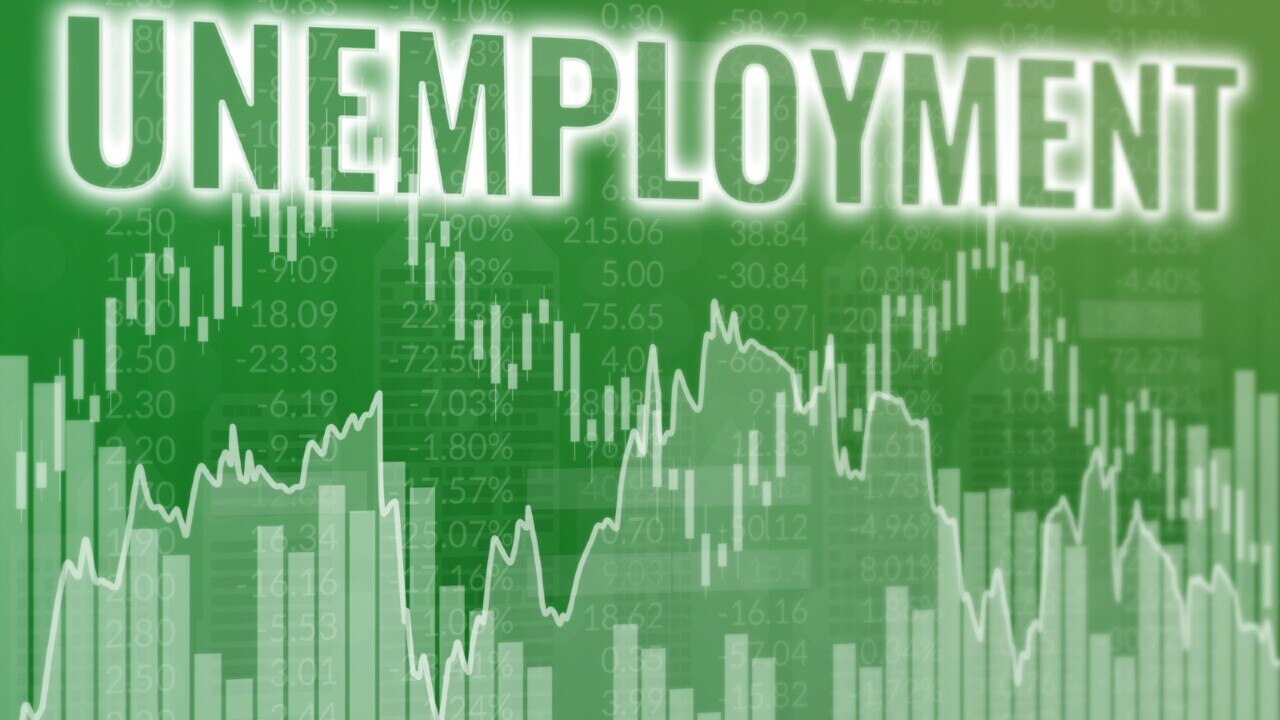Unemployment rises to two-year high of 4.1pc
A slowing economy created a “meagre” 500 jobs in January and added to the case for interest rate cuts later this year.

Unemployment has jumped to a two-year high of 4.1 per cent, after a slowing economy created a “meagre” 500 jobs in January and added to the case for interest rate cuts later this year.
Treasurer Jim Chalmers said Australians needed to brace for a rising jobless rate, but declared the latest employment statistics were not a cause for alarm.
“What we’re seeing in these figures is that the labour market continues to soften in expected ways. Our labour market has been weakening, but it’s been weakening from a really quite incredibly strong and resilient base,” he said.
Unemployment has been trending slowly but steadily higher since hitting a 48-year low of 3.4 per cent in late 2022. Underemployment – which measures the share of those with jobs but who are trying to get more hours – lifted from 6.5 per cent in December to 6.6 per cent in January, while the workforce participation rate was steady at 66.8 per cent.
“Nobody likes to see the unemployment rate tick up, but it is still very low by historic standards,” Dr Chalmers said.
As Labor’s redesigned stage three tax cuts passed through the House of Representatives on Thursday, Dr Chalmers conceded that Treasury secretary Steven Kennedy, in a meeting on December 11 to discuss more cost-of-living measures, had indicated “the best avenue for doing that was via the tax system”.
Anthony Albanese on December 21 said the government was “not reconsidering” Labor’s long-held position that they would not touch the stage three tax cuts.
“It became increasingly clear to us over the course of summer that the tax system, and particularly the stage three tax cuts, were the most effective way to provide more cost-of-living relief to more people without adding to inflation,” Dr Chalmers said on Thursday. “Our position changed at the cabinet meeting on January 23, the Prime Minister runs an orderly and methodical cabinet process.”
The Australian Bureau of Statistics (ABS) figures showed unemployment in NSW jumped from 3.5 per cent to 4.1 per cent. While state and territory level labour figures are much more volatile than at the national level, unemployment in the Premier State has now lifted a long way above the 2.9 per cent low recorded in mid-2023.
ABS head of labour statistics Bjorn Jarvis said seasonal factors might have been responsible for the larger-than-anticipated rise in the national unemployment rate.
“Similar to January 2022 and 2023, the increase in the unemployment rate in January 2024 coincided with a higher-than-usual number of people who were not employed, but who said they will be starting or returning to work in the future,” Mr Jarvis said.
“While there were more unemployed people in January, there were also more unemployed people who were expecting to start a job in the next four weeks.”
Economists said the new data was further evidence rate hikes were having their intended impact on the economy, and supported the case for rate cuts later this year.
CBA head of Australian economics Gareth Aird said unemployment would likely hit 4.5 per cent by the end of this year, rather than the 4.3 per cent predicted by the RBA.
Capital Economics economist Abhijit Surya said the “meagre” additional 500 employed people in the month was “much weaker” than the forecast of about 30,000.
“We suspect that the RBA will be cutting rates by August itself, rather than November as most analysts expect,” he said.
RBA governor Michele Bullock said there were “probably” some businesses who were using high inflation as an excuse to gouge their customers. Speaking at Senate estimates in response to a question from Greens senator Nick McKim, Ms Bullock said “there probably are firms that are using circumstances of lack of competition, strong demand, and, as you mentioned, the cover of higher inflation” to boost profits over and above the rise in costs.
The ACCC is conducting a year-long inquiry into competition and pricing in the supermarket sector.
“If you’ve got inflation back around 2 or 3 per cent, and it’s in the background, it’s much more difficult, I think, for firms to use high inflation as cover,” she said.
“To the extent that there are competition issues here, I think it’s very relevant that the ACCC’s engaged and involved.”
Ms Bullock repeated that the RBA’s economists found no evidence that profit gouging had contributed to overall inflation.





